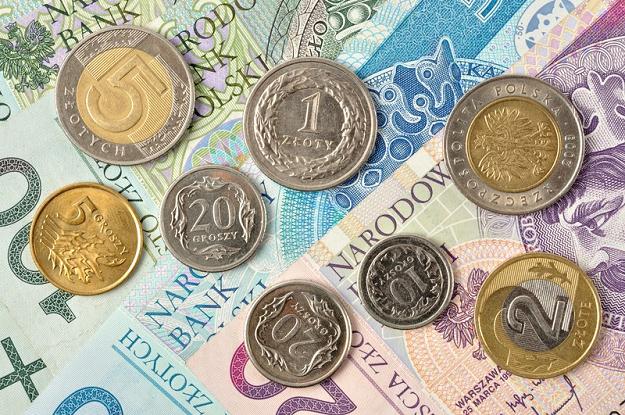Uncovering the Hidden Stories behind Currency Design

For many travelers, one of the best souvenirs to pick up on their travels are a few examples of the local currency. For those visiting Krakow, it’s even more exciting, as the country retains its own currency - one which Politico notes is very fiercely guarded. The złoty has been around for hundreds of years of course; since roughly the reign of one Sejm government in the late 1500s. However, in the many periods of war and conflict since, the currency has fallen in and out of use. Today, it’s a national symbol, and the modern złoty has a fascinating design heritage behind it that taps into Krakow and its own history - and other international currencies have equally intriguing stories.
Designing the coin
With the fall of the iron curtain, the Polish złoty became a tool of the central banks to help balance out the economy and start providing new impetus. Redenomination came about, and there was a push from the new authorities to delegate the production of currency to a German designer and manufacturer, according to Obserwator Finansowy. However, these notes were deemed to be insufficient, security wise, for the purposes of the newly free state.
When it came to the design of the notes, there was a hand in ensuring they represented the Polish state and its history, too. Andrzej Heidrich, who sadly passed away in 2019. Heidrich designed every note and at the height of inflation, when 1 million złoty notes were issued, you’d find Wladislaw Reymont (novelist) and Ignacy Paderewski (Polish pianist and composer) on the face of the currency. The latter was a spokesperson for independence - reflecting the hidden proud and resistant history of the country and the role currency has to play.
Security hiding heritage
Banknotes have a slew of features that confirm their authenticity, from unique serial codes through to watermarks that will only show under UV light. With the new generation of polymer currencies, they are difficult to tear or destroy, and will last through even a wash in the clothes washing machine. All of this is necessary to help retain the integrity of the currency and keep it safe from counterfeiters.
Within those security features are, often, a little bit of hidden history. Bank notes are works of art that display the history and cultural tradition of a country - and intrepid designers seek to squeeze in details everywhere they can. Another good example of this is the new Scottish banknotes, which were launched in 2017. According to STV, the note was designed so under UV light it will display aspects of their wildlife - mackerel, otters, and, interestingly, midges. Midges aren’t something people greet with much excitement, but this is arguably a knowing nod to the wittiness of Scot society.
Places in big culture
The most ubiquitous and studied currency is the US dollar but even that has its own secret histories and cultural heritage. The US dollar has gone through dozens of changes since its inception in roughly 1775, though other forms of currency note were available from 1766. It’s in the 2000s that things really got interesting, however, with a series of currency redesigns that have established the modern body of currency.
According to the US Currency Education Program, these redesigns have sought to enhance security but also really reaffirm the cultural weight of these notes. In 2003, the redesigned $20 note brought in a watermark portrait of President Jackson. In 2004, the $50 note added subtle blue and red feature colours - a nod to the flag of the country. In 2006, the $10 brought in a picture of Alexander Hamilton, and added orange tones to reflect the Southern states, like Florida and California. Finally, in 2013, the redesigned $100 note brought in a subtle colour-shifting Bell in the Inkwell, a nod to the iconic liberty bell.
It’s a lovely aspect of national currencies that every note holds a little bit of history. This enables collectors to have something to explore in the notes and coins they collect. For Poland, the notes are an important link to a struggle for freedom and the long history of a country which goes much beyond its recent history.
Credit: Jennifer Ellen